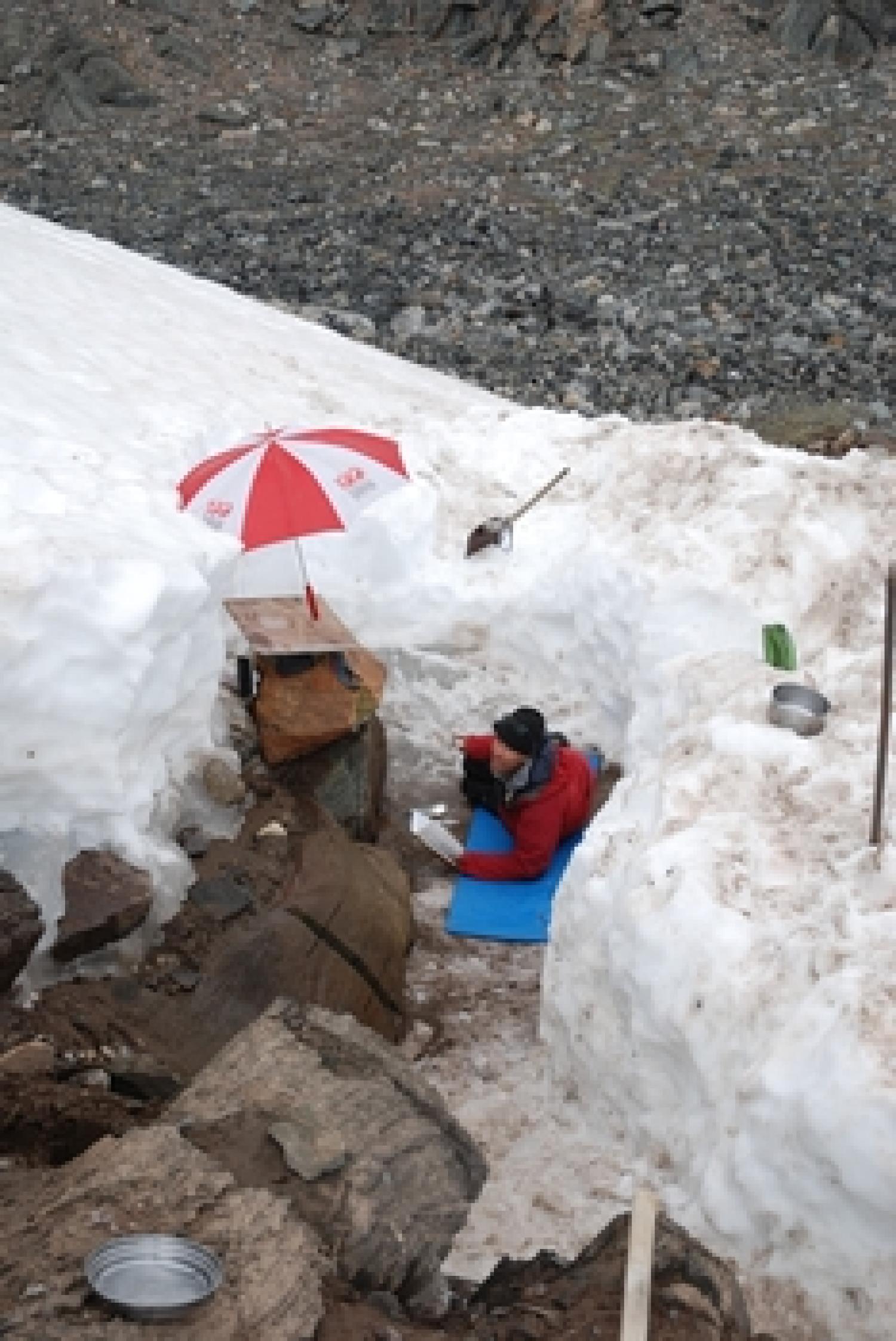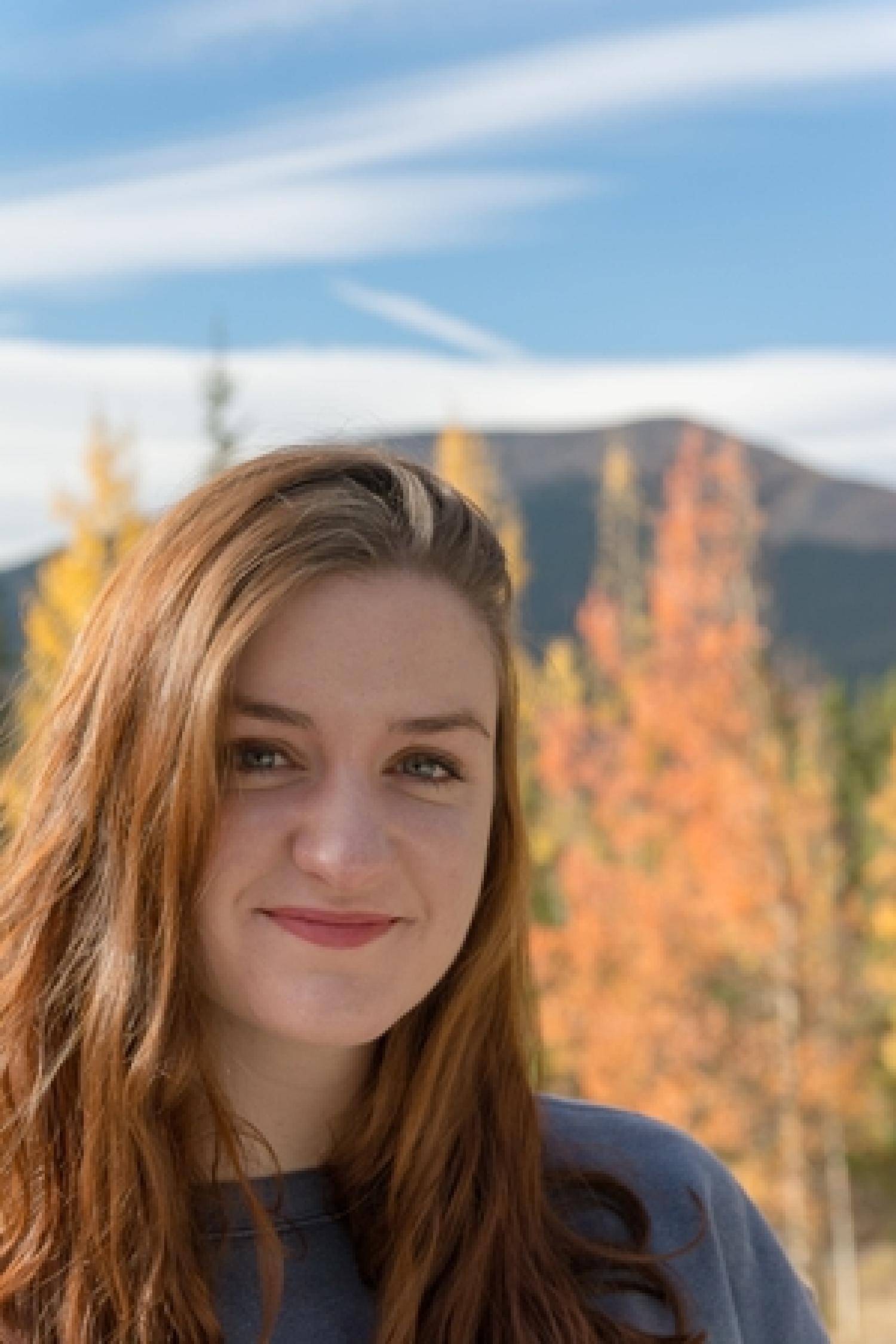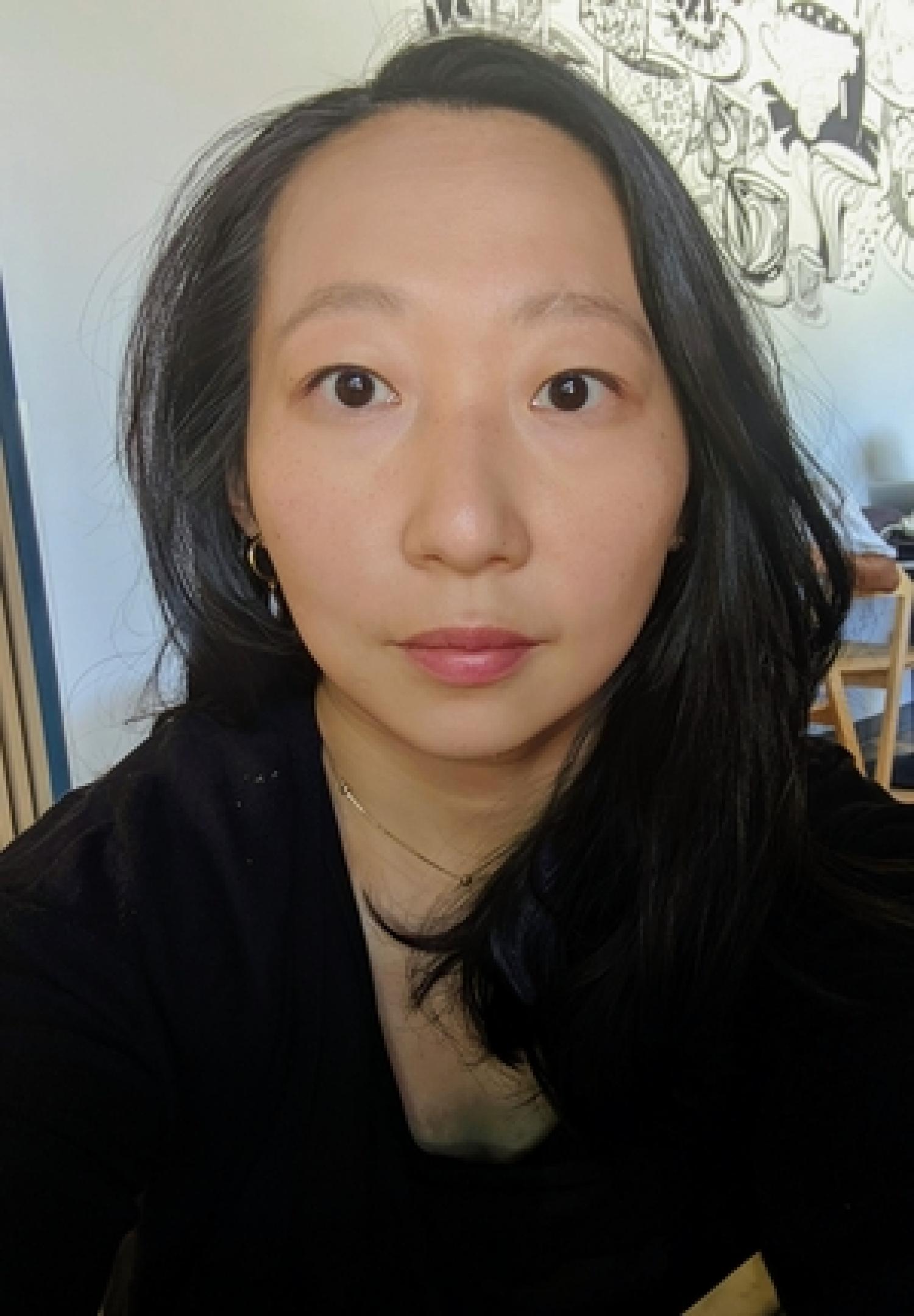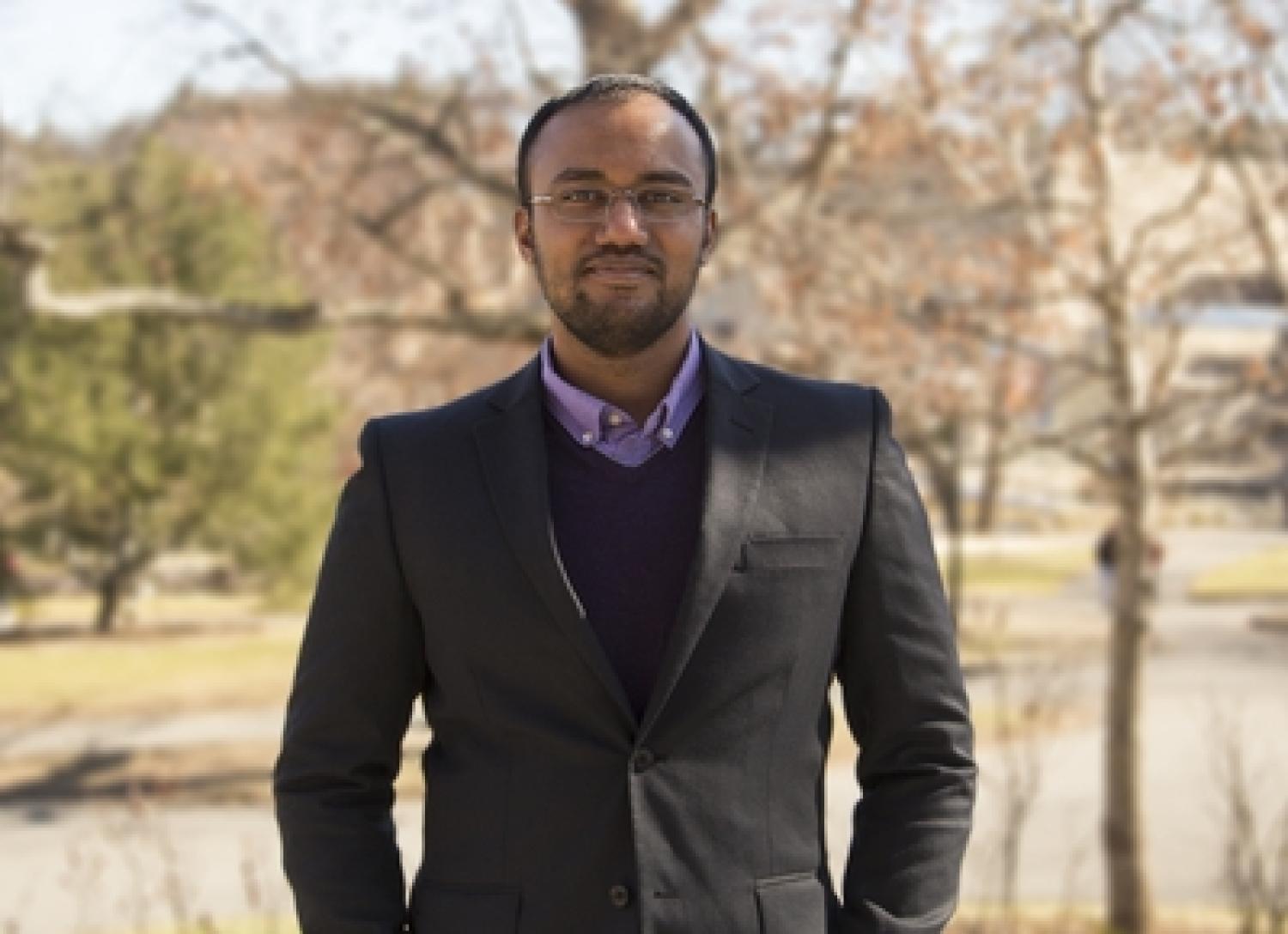Spring 2020 STEMinar Schedule
Spring 2020

Speaker: Mike Zawaski
Title: "Analysis of Oldest Fossils"
Department: Geology
Date: Tuesday, January 21, 2020
Location: Reading Room, Duane Physics Building (11th Floor of Gamow Tower, East Room)
Time: 5:00 pm MST
The oldest fossil evidence of life has been proposed for 3.7 billion year old rocks from the Isua Supracrustal Belt (ISB) in West Greenland. These structures are called stromatolites, it is Greek for layered rock. Two groups have debated the biogenicity of the proposed stromatolites, but why are their interpretations at both ends of the spectrum: biogenic and purely tectonic? If biogenic, it pushes the date for the oldest morphological evidence for life on Earth back 200 million years, from about 3.48 – 3.7 billion years ago. This is significant because Earth becomes an even more hostile place for life the closer we get to its origin. We examined the proposed stromatolites from the micron to the kilometer scale and to see how the structures fit into the larger landscape. Collectively, our results show that such structures were probably never stromatolites, but are instead the expected result of a tectonic fabric that preserves no fine-scale primary sedimentary structure.

Speaker: Valerie Bernstein
Title: "Ready or Not, Here Mega-Constellations Come!"
Department: Aerospace Engineering Sciences
Date: Tuesday, February 4, 2020
Location: Reading Room, Duane Physics Building (11th Floor of Gamow Tower, East Room)
Time: 5:00 pm MST
Satellite mega-constellations are groups of hundreds or even thousands of Earth-orbiting satellites that work together to provide near-global coverage of Earth. Tech leaders like SpaceX, OneWeb, and Amazon are initiating plans to leverage the near-Earth space environment to host mega-constellations for global telecommunications and connectivity. Over the next few decades, it’s possible that an estimated ~40,000 additional telecommunications satellites may be launched into near-Earth orbit. To put that number in context, less than 2,000 operational satellites orbit that environment now. Is space getting too crowded? How can mega-constellations help us? What’s going on with Starlink? Why are observational astronomers worried? Who’s in charge of making the rules in space? What is Kessler Syndrome? Let’s discuss these questions and more!

Speaker: Cherry Ng
Title: "Detecting the Shape of Space with Loops"
Department: Mathematics
Date: Tuesday, February 18, 2020
Location: Reading Room, Duane Physics Building (11th Floor of Gamow Tower, East Room)
Time: 5:00 pm MST
Imagine that you draw a loop on a slice of Swiss cheese. Can you color in all of the space inside the loop? If you can, then you know that your loop did not enclose one of the holes of the Swiss cheese. This is the basic idea behind the mathematical tool known as the fundamental group. In this talk we will explore how loops can help us determine if two spaces have the same shape, some ways in which looking at loops falls short of our hopes and dreams, and extensions of this method in higher dimensions.

Speaker: Natesh Ganesh
Title: "AI - What are we missing?"
Department: Physics
Date: Tuesday, March 3, 2020
Location: Reading Room, Duane Physics Building (11th Floor of Gamow Tower, East Room)
Time: 5:00 pm MST
The last decade has seen the rapid rise in the field of artificial intelligence (AI). AI seems to be here, there and everywhere!! Powered by sophisticated machine learning algorithms, availability of large datasets and cheap computers, we have made tremendous progress in a number of narrow tasks like image classification, speech recognition, games, etc. And there is every expectation that this trend will continue in this new decade. However these systems are a far cry from the human brain in terms of energy efficiency and performance across several domains. Creating a single state-of-the-art language model needs about 17-18 times the amount of carbon used by an average American during their lifetime!! As we look ahead to the new decade, an important question to ask is - what are we missing? In this talk, I will briefly discuss what machine learning & neural networks are, the history of AI & how we got here and set the above question within this context. I will then look towards the future as we could be at the doorstep of the next technological revolution - driven by this growing demand for AI, coupled with the inevitable end to Moore’s law that has empowered the search for novel substrates and architectures to build efficient intelligent systems. In the last part of the talk, I will introduce my research to understand the emergence of intelligence in self-organized systems as a process governed by physical law. I will bring concepts from non-equilibrium thermodynamics into the field of AI as a way to address some of these fundamental questions, and leave with a novel proposal that the future of computing will be thermodynamic.

